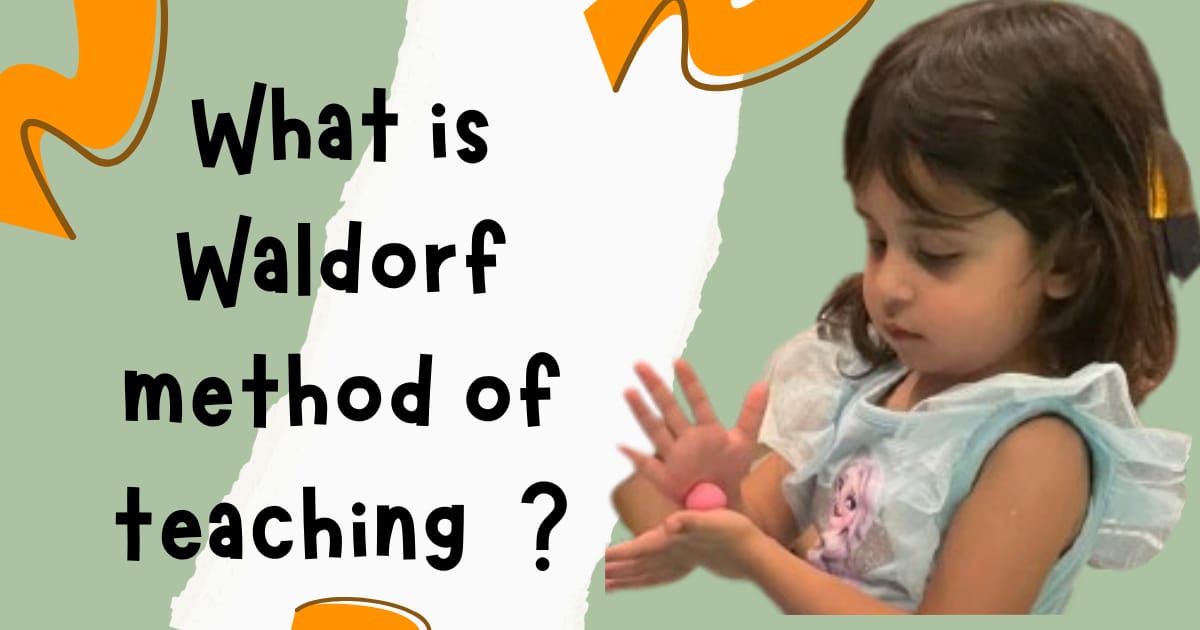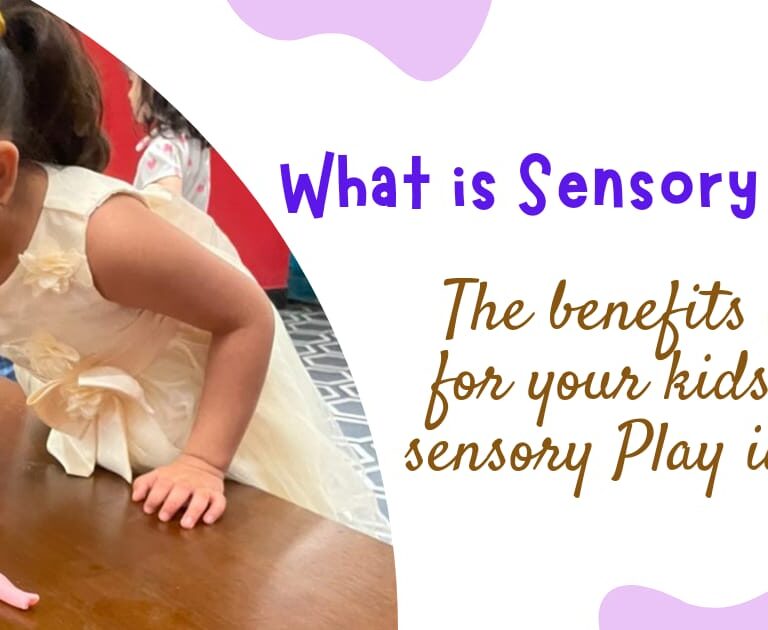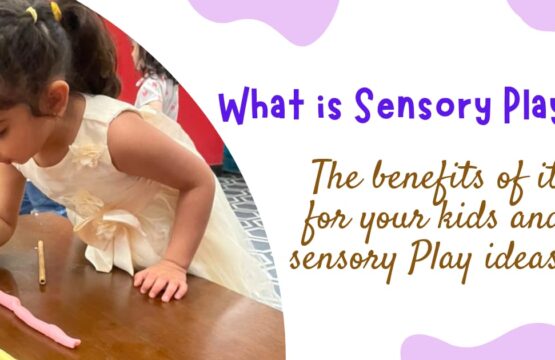Introduction to Waldorf method of teaching
By incorporating academics, art and music education, physical education, and emotional and social education into a broad curriculum, Waldorf method of teaching aim to create well-rounded students. According to the Waldorf Method, people should be able to create meaning in their own lives.
Rudolf Steiner, an Austrian philosopher, and scientist created the Waldorf educational system nearly a century ago. Steiner said that children who cultivate independent thinking will be better equipped to handle the important questions that philosophers and scientists grapple with regarding nature and spirituality. Waldorf education was designed to cater to the needs of children. It includes allowing them to use their imagination and creativity at their own pace.
Difference between Waldorf method and other traditional methods of teaching
A number of other differences exist between the Waldorf Method and other traditional teaching methods.
The first is the de-emphasis placed on academic education. Waldorf education often focuses on the types of education that are routinely cut from public school budgets. In addition to these, foreign languages and art education are also included. In addition to playing musical instruments, knitting, crocheting, and drawing, children are encouraged to learn these skills. Additionally, textbooks are not used until sixth grade in the Waldorf Method. Instead, elementary school students write about their experiences and learning in a journal.
Do you think it’s a good idea to skip academics until second-grade, like reading? According to Waldorf educators, yes. Teachers tell fairy tales and read stories to children instead of teaching them to read when they are five or six years old. Before reading education begins, oral mastery is encouraged. Writing comes first in Waldorf education. Through pictures, the alphabet is explored as a means of communicating. Through this, writing evolves from children’s doodles and art, rather than from their ability to read and reproduce written material.
As a safe and nurturing environment, Waldorf schools ensure that children can enjoy their childhood and are protected from harmful influences from society at large. Waldorf schools are run democratically by teachers, rather than by administrators influenced by economic or political motives. Schools around the world still use the Waldorf educational model because it consistently produces strong, independent thinkers.
Now, let us discuss the foundation of Waldorf Education
Waldorf education believes childhood consists of three distinct stages of roughly seven years each – birth to seven years old (early childhood), seven to 14 years old (middle childhood), and fourteen to 21 years old (adolescence). Throughout each stage, children experience the world in a variety of ways—intellectually, emotionally, physically, and spiritually—which, in turn, influences the way they learn. In Waldorf education, teachers and curricula are tailored to meet the needs of these developmental stages as they unfold throughout childhood.
Development of limbs through play in early childhood
A child’s senses are primarily used from birth to age seven, and imitation is the best way for them to learn. By creating a gentle, yet sensory-rich environment and play-based activities that encourage young children to explore the natural world, explore social relationships, and expand their imaginative capacities, Waldorf early childhood educators strive to figure that others might emulate. Development of the mind, emotions, and body is facilitated by these activities.
Now let us have a look at the benefits of Waldorf method of education
- Take a tour of a Waldorf school and observe the children at play. There are children who delight in being allowed to live in the moment, who explore nature freely and go where their imaginations and wide-eyed senses of wonder take them. Waldorf education takes the view that childhood is something to be cherished in today’s frenetic world, where children are being pushed to “hurry up or fall behind.”. Waldorf-educated children are allowed to develop in accordance with their own natural rhythms, developing the skills needed to become healthy and self-actualized individuals.
- A Waldorf school classroom does not have students hunched over a computer, or cramming for standardized tests while strolling in the woods or visiting a farm. The goal of Waldorf education is to make learning an experiential process. We don’t need to avoid certain experiences, we just need to introduce them to them at the right time. The Waldorf school teachers teach technology’s uses, merits, and hows when the time comes. Hands-on inquiry develops a child’s knowledge, self-awareness, and problem-solving skills that are more valuable as a learner and as a human being than anything they could have learned by sitting at a computer.
- Waldorf education has long recognized the benefits of block learning. A Waldorf student’s daily morning (or “main”) lesson consists of approximately two hours devoted to one of the academic disciplines. The subjects rotate every three to four weeks between them. This allows students to study each subject thoroughly from multiple perspectives, which enhances their enjoyment and understanding of the subject matter.
Now have a look at some more benefits of this method
- The Waldorf approach aims to bring out the best in each student, without overemphasizing one skill or trait over another. Each student studies math and science. They also learn foreign languages, play an instrument, and sing in the choir. In fact, they learn handwork and take movement classes, and perform in the class play. As part of Waldorf education, children are exposed to a wide variety of experiences. Along with that, they are encouraged to develop many skills and interests. By doing so, young people develop well-balanced skills. Which, in turn, increases their confidence. So that they can apply their skills to other areas and become more adept at anything.
- A Waldorf school views education as a lifelong journey rather than a competition. Children are intrinsically curious about the world when an educational approach appropriately meets their natural interest in it. In Waldorf schools, you’ll find deep fine, practical, and performing arts curriculum woven in an interdisciplinary manner among all the subjects, leading to the mistaken perception that they are art schools for kids.
Conclusion – DoughReMom always wants to improve your kid’s overall development. We are dedicated to bring the best from your child. Along with that we also want to give a healthy, creative and educational play time for them. Our play dough sets are organic and can be a great addition to your child’s play room. It will help to improve their fine motor skills, gross motor skills, emotional, educational and other academic learning.








